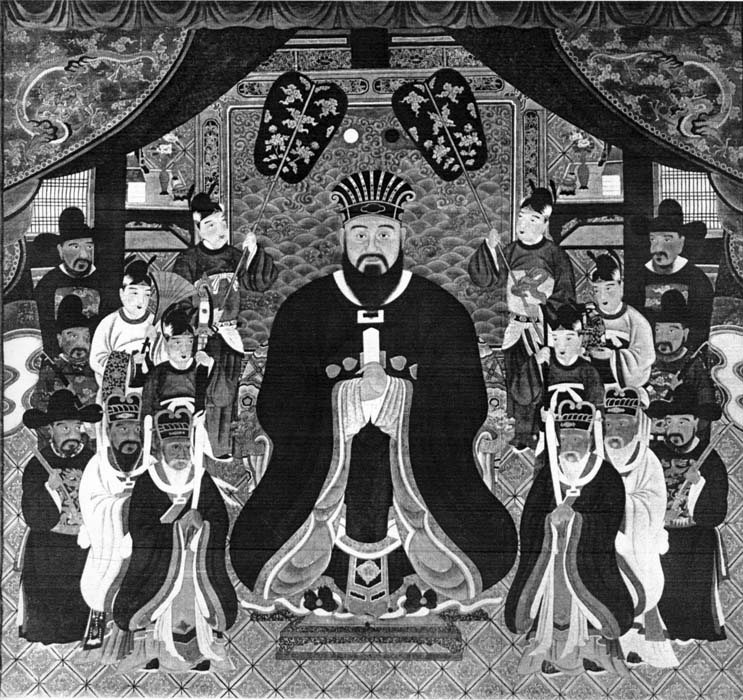|
Marko Antić
Marko Antić (born 22 June 1991 in Mladenovac) is a Serbian karate athlete competing in kumite –60 kg division. Achievements ;2017: * European Karate Championships – TUR – kumite -60 kg ;2016: * European Karate Championships – FRA – kumite -60 kg * Karate1 Premier League – AUT – Kumite -60 kg ;2015: * 5TH PLACE European Karate Championships – TUR – kumite -60 kg ;2014: * Balkan Senior Championships – MKD – Kumite -60 kg ;2012: * World Karate Championships – FRA – kumite -60 kg ;2011: * 5TH PLACE European Karate Championships The European Karate Championships are organised by the European Karate Federation each year. History Events from 1966 to 1996 were organized by the European Karate Union. In 1961, Jacques Delcourt was appointed President of French Karate, which ... – SUI – Kumite -60 kg ;2009: * EKF Junior, Cadet And U21 Championships – FRA – Junior Kumite -61 kg References External links * * 1991 births Living peop ... [...More Info...] [...Related Items...] OR: [Wikipedia] [Google] [Baidu] |
Mladenovac
Mladenovac ( sr-Cyrl, Младеновац, ) is a municipality of the city of Belgrade. According to the 2024 census results, the municipality has a population of 56,389 inhabitants, while the urban area has 22,346 inhabitants. Name Its name stems from word 'youth' in Serbian. According to a legend, the emergence of the name is brought in connection with a man named Mladen, who established himself after the battle on the Kosovo in 1389 with his two brothers in this desert area. The brothers separated and the place, where Mladen had established himself, was called Mladenovac. History In the village of Kovačevac, from downtown Mladenovac, there is an archaeological locality Divičmeđ. It spreads on in the valley of the Veliki Lug river and contains remains from the prehistoric and medieval periods. Medieval settlement was located under the Brest plateau, surrounding the Divičmeđ and Bunar water springs. Excavations were conducted in 1986-1987 (headed by Milica Janković) and ... [...More Info...] [...Related Items...] OR: [Wikipedia] [Google] [Baidu] |
Kumite
Kumite (, literally "grappling hands") is one of the three main sections of karate training, along with kata and kihon. Kumite is the part of karate in which a person trains against an adversary. Kumite can be used to develop a particular technique or a skill (e.g. effectively judging and adjusting one's distance from one's opponent) or it can be done in competition. Types Since the word "kumite" refers to forms of sparring, it covers a vast range of activities. In traditional Shotokan karate, the first type of kumite for beginners is ''gohon kumite''. The defender steps back each time, blocking the attacks and performing a counterattack after the last block. This activity looks nothing like the ''jiyu kumite'' (or "free sparring") practiced by more advanced practitioners. Types: * ''Ippon kumite'' - one step sparring, typically used for self-defense drills * ''Sanbon kumite'' - three-step sparring, typically used to develop speed, strength, and technique * ''Gohon kumite'' ... [...More Info...] [...Related Items...] OR: [Wikipedia] [Google] [Baidu] |
Karateka At The 2015 European Games
(; ; Okinawan pronunciation: ), also , is a martial art developed in the Ryukyu Kingdom. It developed from the indigenous Ryukyuan martial arts (called , "hand"; ''tī'' in Okinawan) under the influence of Chinese martial arts. While modern karate is primarily a striking art that uses punches and kicks, traditional karate training also employs throwing and joint locking techniques. A karate practitioner is called a . Beginning in the 1300s, early Chinese martial artists brought their techniques to Okinawa. Despite the Ryukyu Kingdom being turned into a puppet state by Japanese samurai in 1609, after the Invasion of Ryukyu, its cultural ties to China remained strong. Since Ryukyuans were banned from carrying swords under samurai rule, groups of young aristocrats created unarmed combat methods as a form of resistance, combining Chinese and local styles of martial arts. Training emphasized self-discipline. This blend of martial arts became known as kara-te , which translates ... [...More Info...] [...Related Items...] OR: [Wikipedia] [Google] [Baidu] |

